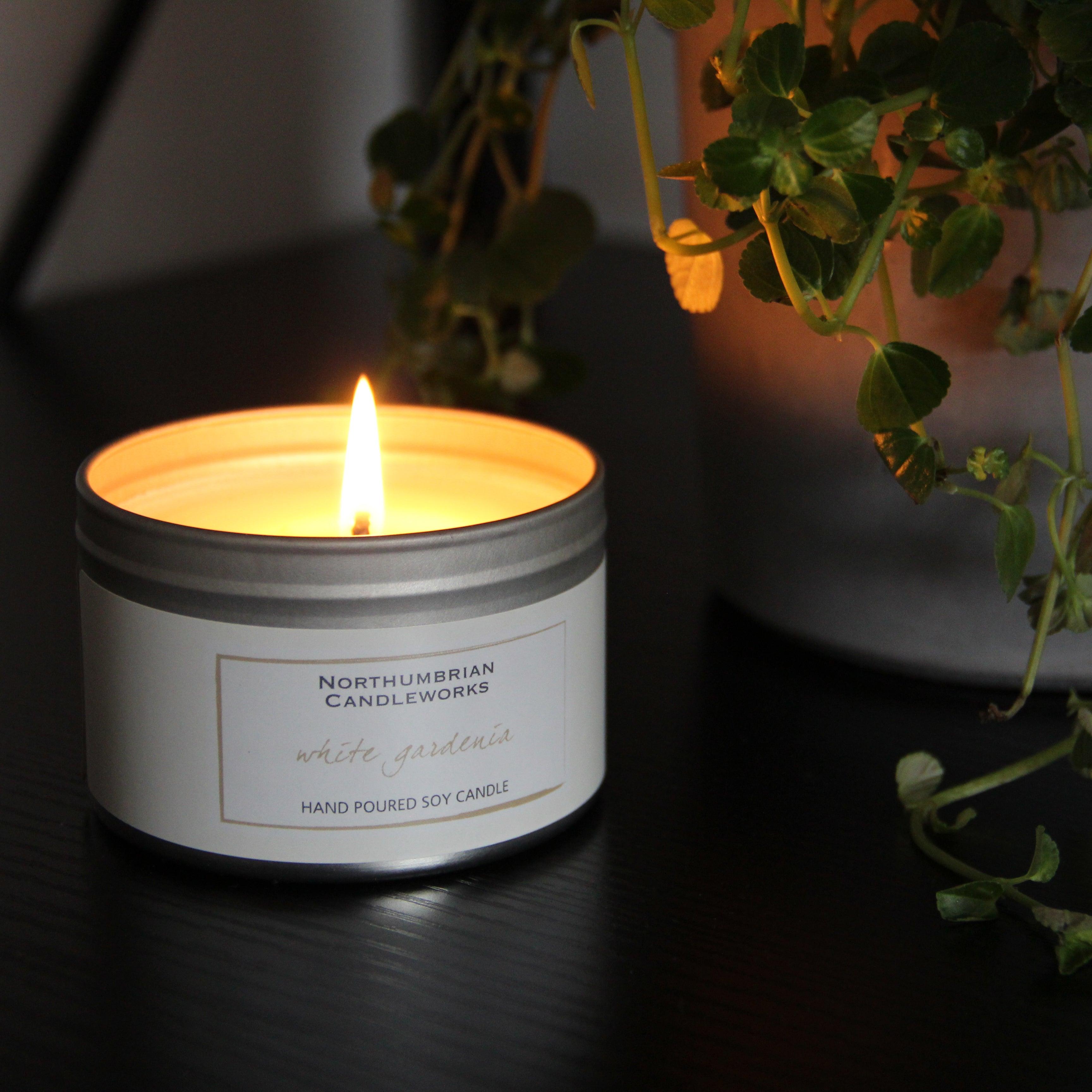Transform Your Home with Eco-Friendly Soy Candles and Home Fragrance
Transform Your Home with Eco-Friendly Soy Candles and Home Fragrance
Blog Article
From Wick to Wax: Recognizing the Chemistry Behind Soy Wax Candles and Their Environmental Impact
As we brighten our rooms with the cozy glow of candles, there lies a world of detailed chemistry behind the seemingly simple act of lighting a soy wax candle. Join us as we decipher the scientific complexities behind soy wax candle lights and discover their effects on our setting.
Soy Wax Vs. Paraffin Wax
When comparing soy wax and paraffin wax for candle making, it is necessary to understand the distinctive qualities and advantages of each product. Soy wax is a natural, renewable energy stemmed from soybean oil, making it biodegradable and environmentally friendly - crystal soy candles. On the other hand, paraffin wax is a result of petroleum refining, which increases concerns regarding its ecological influence and sustainability
Soy wax candles shed cleaner and give off much less soot contrasted to paraffin wax candles, making them a healthier choice for indoor air high quality. In addition, soy wax has a lower melting factor, enabling a longer-lasting candle that spreads scent better. Paraffin wax, on the various other hand, often tends to melt faster and much less cleanly, possibly launching hazardous chemicals into the air.
From a sustainability viewpoint, soy wax is preferred for its biodegradability and eco-friendly sourcing, straightening with the growing consumer preference for ecologically conscious items. While paraffin wax has actually been a standard choice in candle making due to its price and simplicity of use, the change towards environmentally friendly choices like soy wax is getting momentum in the sector.
Chemical Structure of Soy Wax

Burning Refine in Soy Candles
The chemical composition of soy wax straight influences the burning procedure in soy candles, impacting elements such as burn time, aroma launch, and ecological effect. When a soy candle is lit, the warm from the flame melts the wax near the wick.
The combustion effectiveness of soy candle lights is influenced by the pureness of the soy wax and the quality of the wick. In addition, soy wax candle lights have a lower ecological influence compared to paraffin candle lights due to their eco-friendly and renewable nature.

Environmental Benefits of Soy Wax

Taken into consideration a sustainable option to standard paraffin wax, soy wax offers notable ecological benefits that make it a preferred selection among eco-conscious consumers. One substantial advantage of soy wax is its renewable sourcing. Soy wax is stemmed from soybean oil, which is primarily cultivated in the USA. The growing of soybeans assists support local farmers and decreases the dependency on non-renewable nonrenewable fuel sources made use of in paraffin wax production. Furthermore, soy wax is eco-friendly, indicating it damages down normally without launching damaging toxic substances into the setting. This particular makes soy wax candle lights a much more environmentally pleasant alternative compared to paraffin wax candle lights, which are made from oil, a non-renewable resource. Soy wax burns cleaner and produces less soot than paraffin wax, contributing to better interior air high quality and decreasing the need for cleaning and maintenance. On the whole, the ecological advantages of soy wax align with the growing need for sustainable and environmentally friendly items out there.
Recycling and Disposal Considerations
Recycling and correct disposal of soy wax candle lights play an important duty in maintaining ecological sustainability and lowering waste in houses and neighborhoods. The very first step is to make sure that the candle light has actually burned completely when it comes to recycling soy wax candles. This can be accomplished by allowing the candle light to melt till the wick is no more useful, and then letting the remaining wax cool and solidify. Once the wax has solidified, it can be thoroughly eliminated from the container.

In terms of disposal, if recycling is not an alternative, soy wax candles are eco-friendly and can be safely disposed of in the majority of house waste systems. It is always advised to examine with local recycling centers or waste monitoring services for details standards on candle disposal to make certain correct handling and environmental defense.
Final Thought
In conclusion, the chemistry behind soy wax candle lights discloses their ecological advantages over paraffin wax candle lights. Soy wax, obtained from soybean oil, burns cleaner and generates less residue when compared to paraffin wax. The burning process in soy candles is much more reliable, resulting in a longer and Discover More Here much more also melt. In addition, soy wax is eco-friendly and sustainable, making it an extra sustainable selection for candle manufacturing. Recycling and appropriate disposal of soy wax candle lights better add to their environmental influence.
When comparing soy wax and paraffin wax for candle light making, it is crucial to recognize the distinct attributes and benefits of each material (soy wax candles).Soy wax candle lights burn cleaner and release much less residue contrasted to paraffin wax candles, making them a healthier selection for interior air top quality.Considered a lasting option to traditional paraffin wax, soy wax offers remarkable ecological benefits that make it a preferred option amongst eco-conscious customers. Soy wax burns cleaner and produces less soot than paraffin wax, adding to far better interior air quality and decreasing the requirement for cleansing and Home Page maintenance.In final thought, the chemistry behind soy wax candles exposes their environmental advantages over paraffin wax candles
Report this page